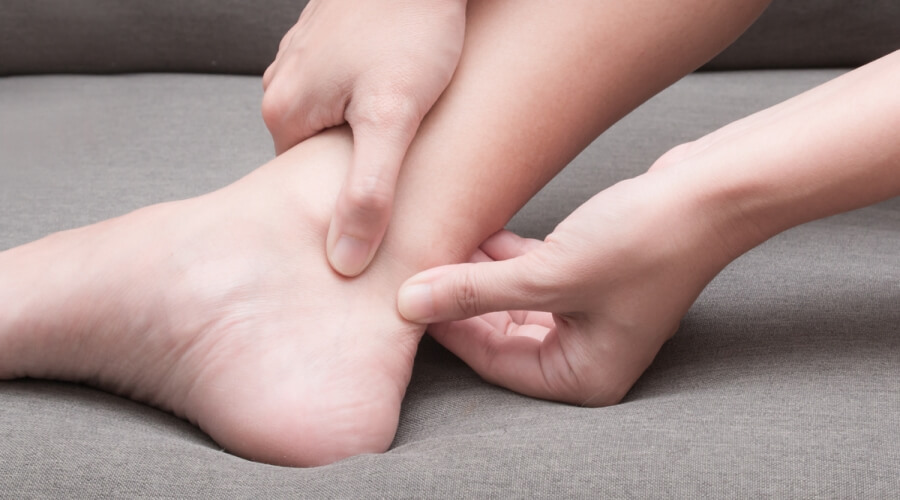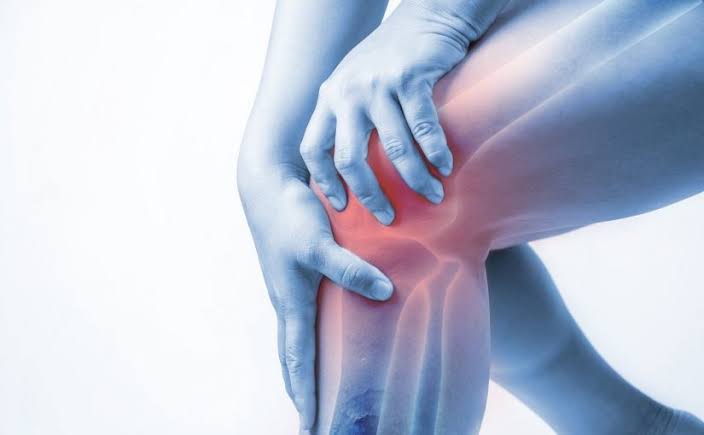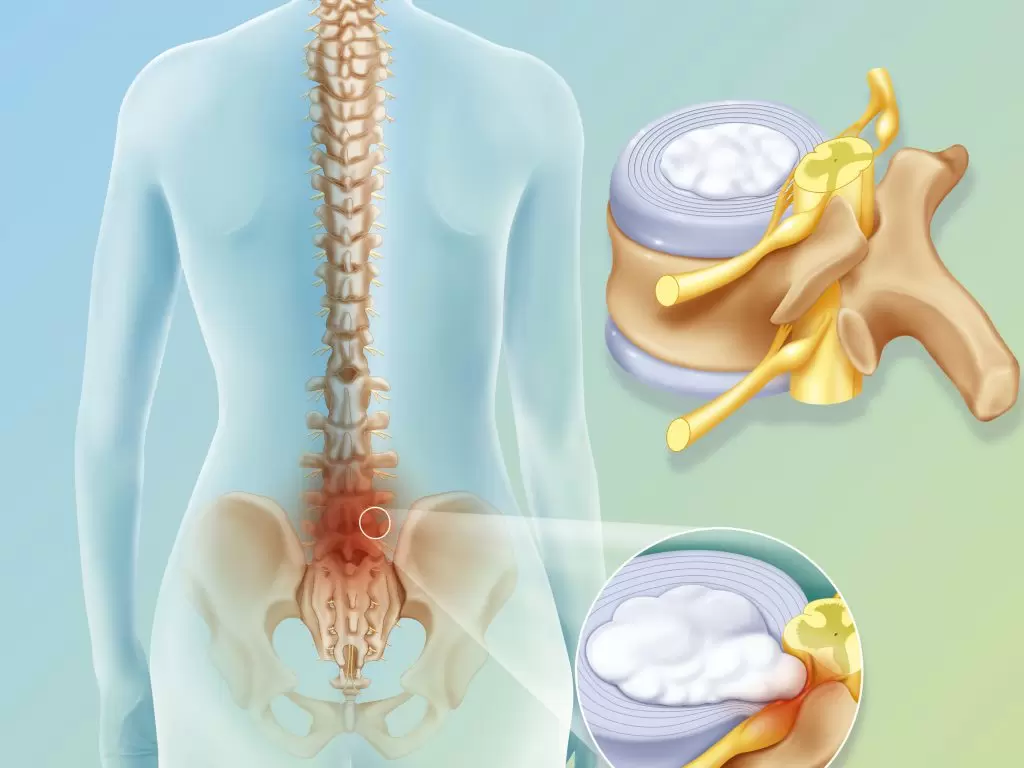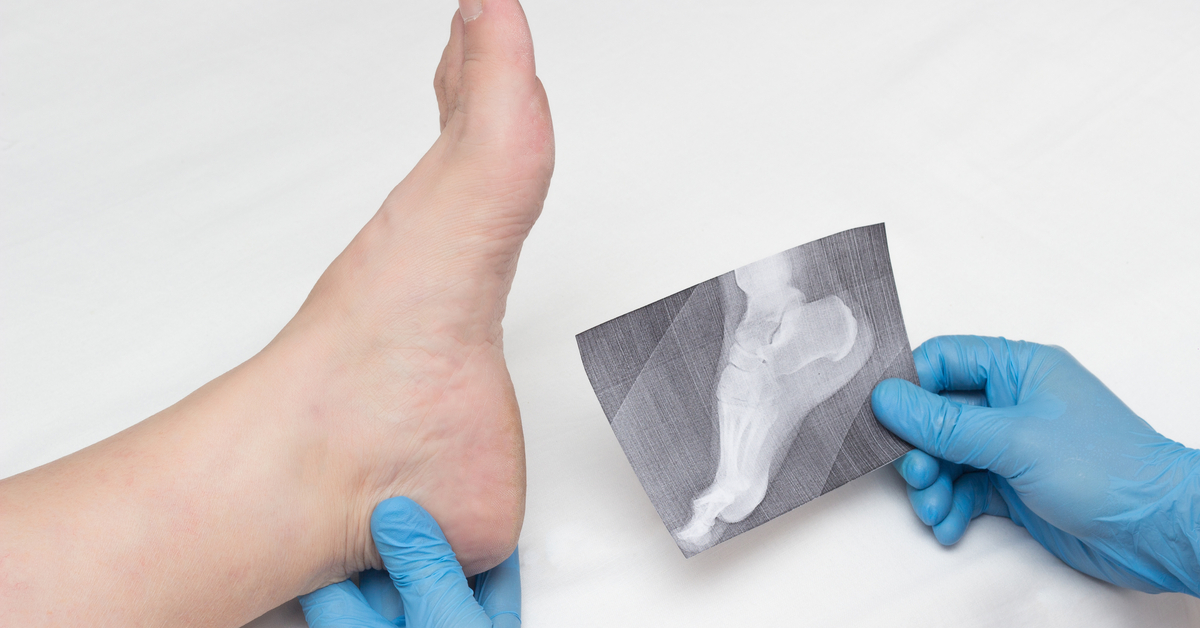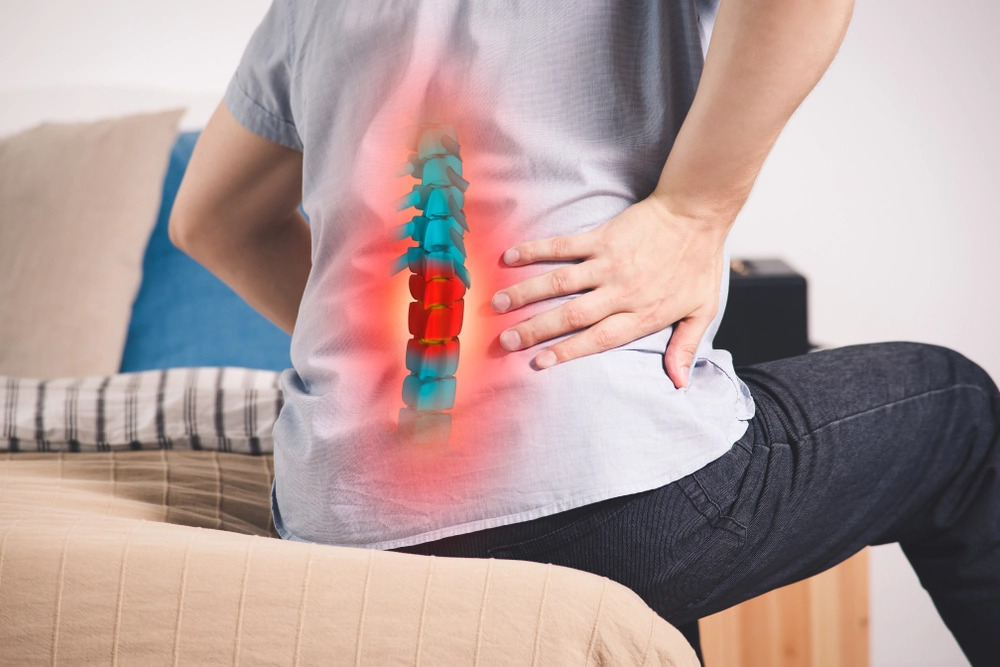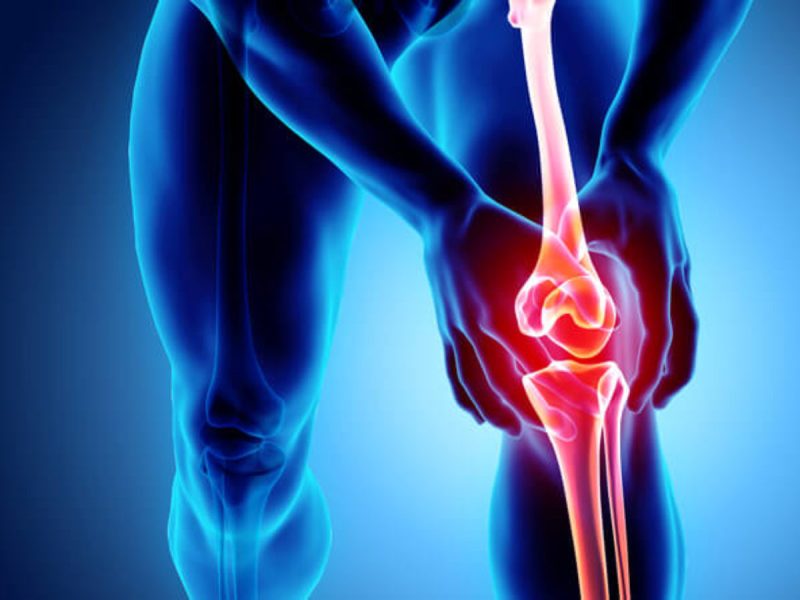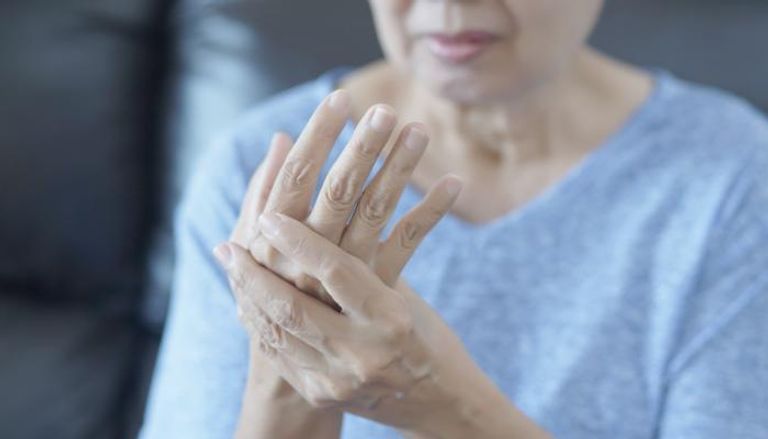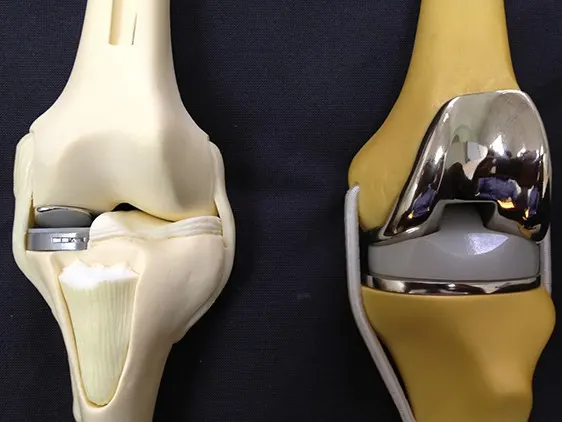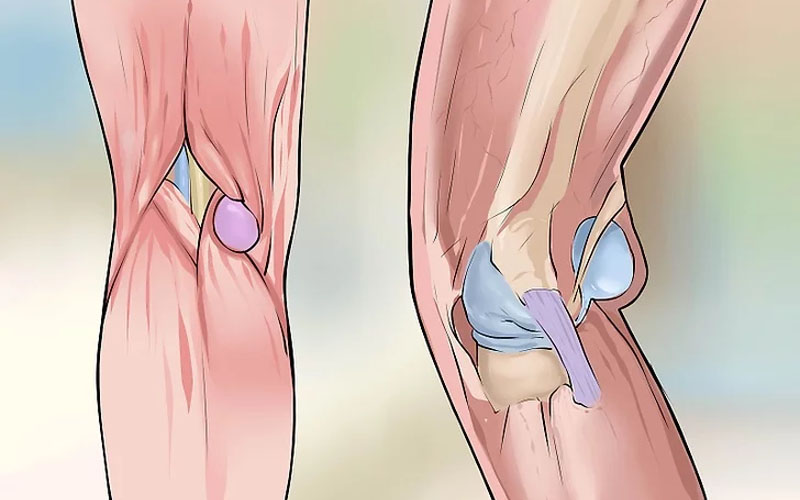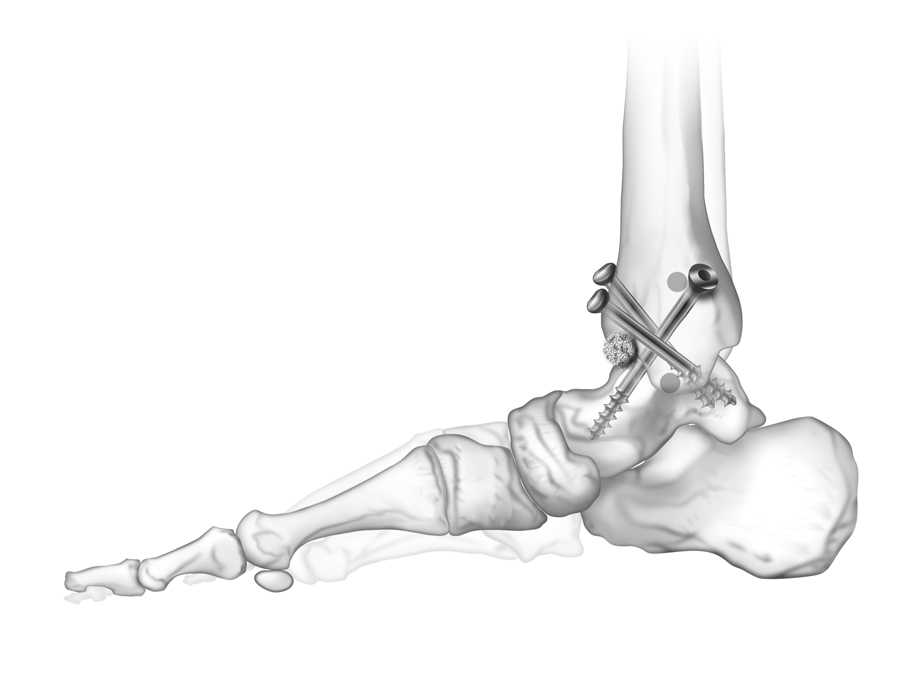Osteomalacia treatment
Osteomalacia is one of the diseases that result from many causes and lead to many deformities in the bones. In the following article, we will learn about very important explanations regarding this topic, so let us read the following.

Osteomalacia treatment
It is possible to treat osteomalacia through many methods, depending on the main reason that may have led to this occurrence from the beginning, and it is possible to follow one of the following methods:
- Ensure that the individual gets enough vitamin D on a daily basis by eating foods and nutritional supplements and exposure to sunlight for a period of not less than a quarter of an hour.
- Eat foods that are rich in both phosphorus and calcium and can also be obtained through nutritional supplements.
- Focus on treating health problems that cause vitamin D metabolism, such as liver infections, low phosphate levels, and kidney disease.
Treatment of osteomalacia in children
When children suffer from osteomalacia, there are many methods that can be used in treatment in order to get rid of this problem in a final way, and for example:
- Take care to eat useful foods that are rich in both calcium and vitamin D, while making sure to expose the child to sunlight daily in the early times.
- In the event that the child suffers from a severe deficiency in vitamin D and calcium, then in that case he will resort to taking nutritional supplements that speed up the adjustment of the ratio in his body.
- Some advanced cases that have been neglected without treatment since their inception may reach the extent of rickets, and this requires surgical intervention.
- Focus on giving the child milk and dairy products in addition to nuts and eggs.
- Avoid giving the child any foods that contain preservatives.
- It is also possible for the child to be treated using some herbs such as thyme, rosemary, or olive oil.
- The mother’s keenness to give the child breast-feed to maintain its proper growth.
Duration of treatment of osteomalacia in children
The duration of treatment of osteomalacia in children depends on the extent of the development of the condition if osteomalacia was treated from the beginning in a good way, the child will recover without leaving a trace on him once he reaches puberty and he will be in good condition, but if treatment is neglected at an early age, this will It will cause the resulting effects of osteomalacia to continue with him in his growth stages and there will be a need to take other methods of treatment such as curvature of the legs.
Food for the treatment of osteomalacia
When suffering from osteomalacia, focusing on adjusting the individual’s dietary pattern is very important in order to speed up the recovery process, so the individual must eat foods rich in vitamin D and calcium such as dairy products, milk, eggs, nuts, and cheese while being careful not to eat any ready-made and fast foods. They contain preservatives, in addition to eating vegetables, fruits, and healthy foods in order to obtain the largest possible amount of vitamins.
What is osteomalacia?
Osteomalacia is a disease that causes the bones to become very weak, brittle, and easy to fracture and injure, and osteomalacia is very common among many adults, but if the child was infected at an early age and was neglected for a period of time, this may cause the child to suffer from rickets And the treatment, in this case, is more difficult.
Symptoms of osteomalacia
If the individual suffers from osteomalacia, then there are many symptoms that begin to appear in him, for example:
- An individual sustains many fractures from the slightest impact.
- The feeling of constant fatigue most of the time.
- Suffering from bone pain.
- Having great difficulty sitting down, getting up, or climbing stairs.
- The feeling of weakness in the muscles of the arms and thighs.
- Loss of ability to balance and walk normally.
Symptoms of osteomalacia in women
There are many symptoms of osteomalacia that appear in women, such as:
- Suffering from an irregular heartbeat.
- The sensation of tingling and numbness around the mouth area.
- Bone fractures and muscle weakness.
- developmental delay.
- Pain in the legs, pelvis, back, and spine.
- Skeletal deformities.
- Wrist and ankle thickness.
- Protrusion of the breastbone or rib cage.


